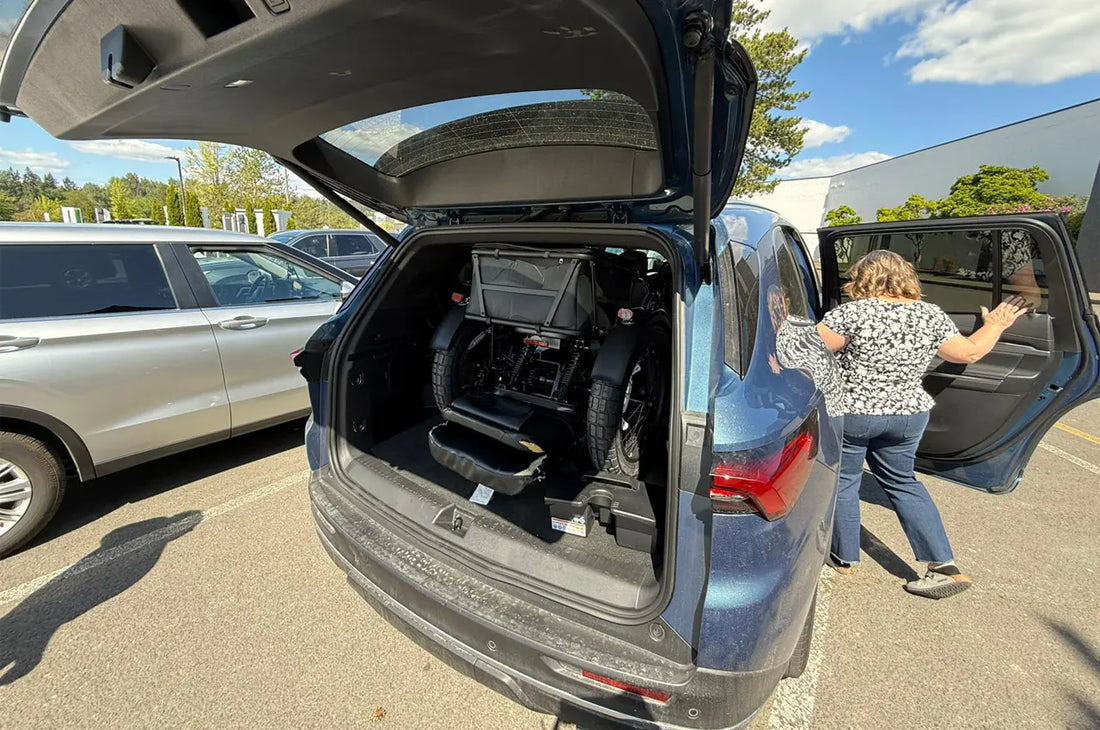
How to Transport a Trike When Traveling: Practical Tips That Actually Work
So you’ve got yourself a three-wheeled ride—comfortable, stable, and perfect for getting around town. But now you’re planning a trip. Maybe it’s a road trip to visit family. Maybe it’s a camping getaway. Or maybe you’re heading south for the winter and want to bring your trike with you.
Either way, the big question is:
How do you transport something this big and bulky?
Let’s break it down with real options and real pros and cons—because not everyone has a pickup truck sitting in the driveway.
1. Fold It—If You Can

Some upright trikes are designed to fold down, either at the frame or handlebars. If you’ve got a foldable model like the Meet One Breeze or something similar, that’s already half the battle.
Pros:
-
Fits in many SUVs or hatchbacks with seats down
-
Easier to handle without needing a lift or rack
-
No extra gear required
Cons:
-
Still heavy—most foldable e-trikes weigh 70–100 lbs
-
Requires a bit of time and space to collapse
-
May not fold small enough for compact cars
👉 Tip: Use furniture blankets or yoga mats to protect your interior from metal parts and pedals.
👉 Heads-up: While folding helps, lifting the trike into your car usually takes two people. If you're traveling solo and can’t manage the weight on your own, you may want to consider a hitch rack or trailer instead.
2. Use a Trike-Specific Hitch Rack
Standard bike racks usually don’t cut it. But there are specialty racks made just for electric trikes—brands like Hollywood Racks and Alpaca offer models that fit wider rear ends and heavier loads.
Pros:
-
Mounts to the back of your vehicle
-
No need to lift the trike overhead
-
Keeps the trike fully assembled
Cons:
-
Requires a Class II or III trailer hitch
-
Can cost $400–800
-
May block your tailgate or trunk access
👉 Watch for: Weight limits. Some trikes weigh over 100 lbs—make sure both the rack and hitch can handle the load.
👉 How to Load: You don’t necessarily need a ramp. A common method is to first lift the front wheel into the rack, then raise the rear wheels one at a time. If that still feels too heavy, using a loading ramp can make the job much easier—especially if you're traveling alone.
3. Load It Into a Minivan, SUV, or Truck

If your trike doesn’t fold, the next best bet is a vehicle with space. With rear seats folded flat, some full-size SUVs and minivans can accommodate an upright trike with the front wheel turned sideways.
Pros:
-
Protected from weather during transport
-
No external rack required
-
Easy if you already own a spacious vehicle
Cons:
-
May require two people to lift safely
-
You might need to remove one or both rear wheels
-
Dirty tires = dirty car
👉 Bring ramps or a portable loading tray to make things easier on your back.
4. Use a Trailer
If you’re bringing more than just a trike—or if you travel frequently—investing in a small utility trailer might make sense.
Pros:
-
Tons of room for other gear or multiple trikes
-
No lifting over shoulder height
-
Easy to use with any vehicle that has a hitch
Cons:
-
Requires trailer registration and maintenance
-
Can be tricky to park
-
Overkill for short trips or single riders
5. Shipping or Delivery Services
In rare cases—like seasonal snowbird travel—some riders use a bike transport service (e.g., BikeFlights or specialized logistics providers) to ship their trike.
Pros:
-
No heavy lifting or setup
-
Trike arrives at your destination ready to ride
Cons:
-
Expensive
-
Can take several days
-
Requires careful packaging
Final Thoughts: Choose What Works for You
There’s no one-size-fits-all answer. If you’ve got a foldable trike and a roomy vehicle, you’re golden. If not, a quality hitch rack or a low trailer can make life easier.
Whatever you choose, practice loading and unloading it at home first. You don’t want your first time to be in a crowded parking lot or on a tight travel schedule.
And don’t forget: tie-down straps, wheel chocks, and protective padding are your best friends.
Got a clever setup of your own? Let us know how you travel with your trike.
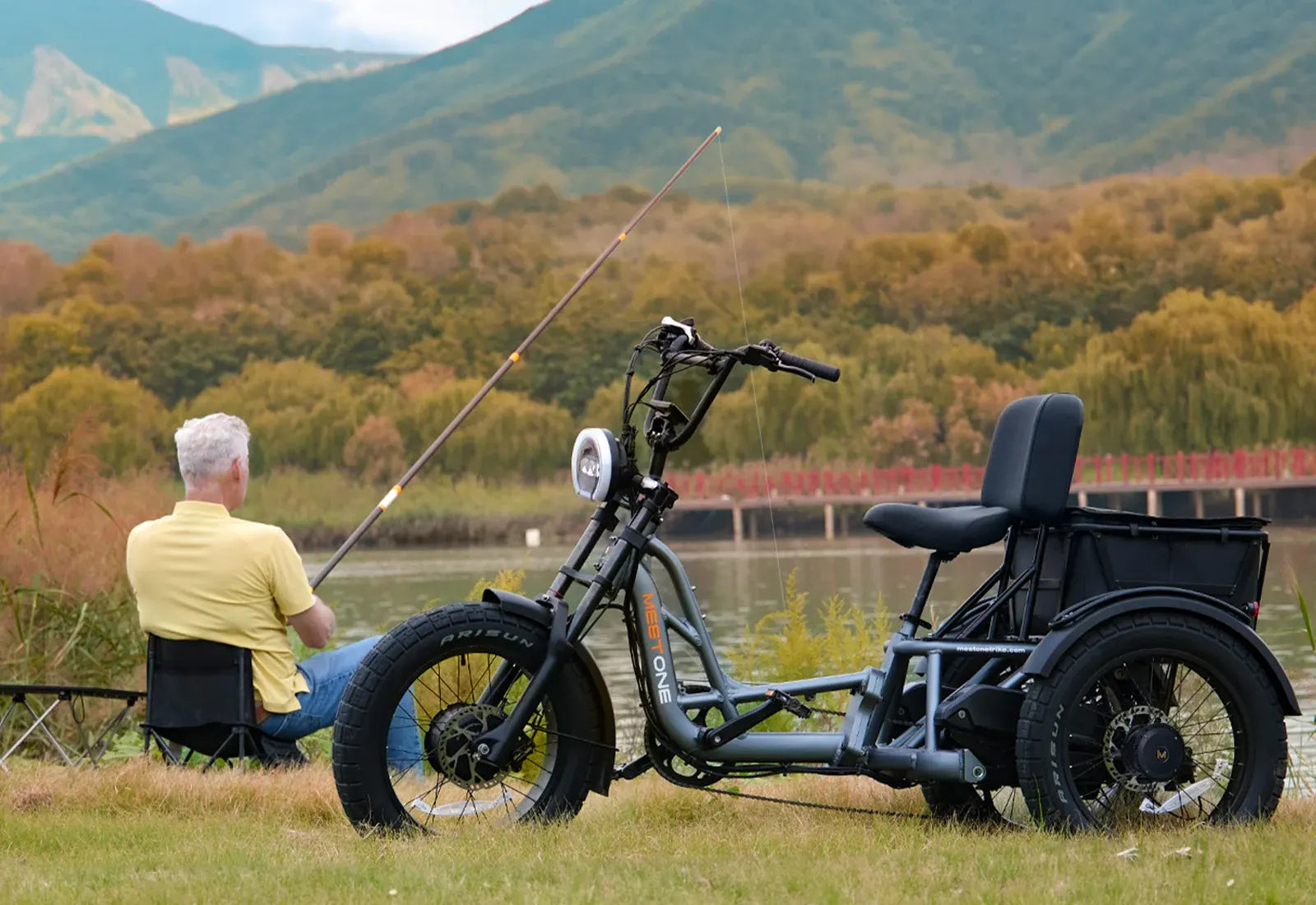
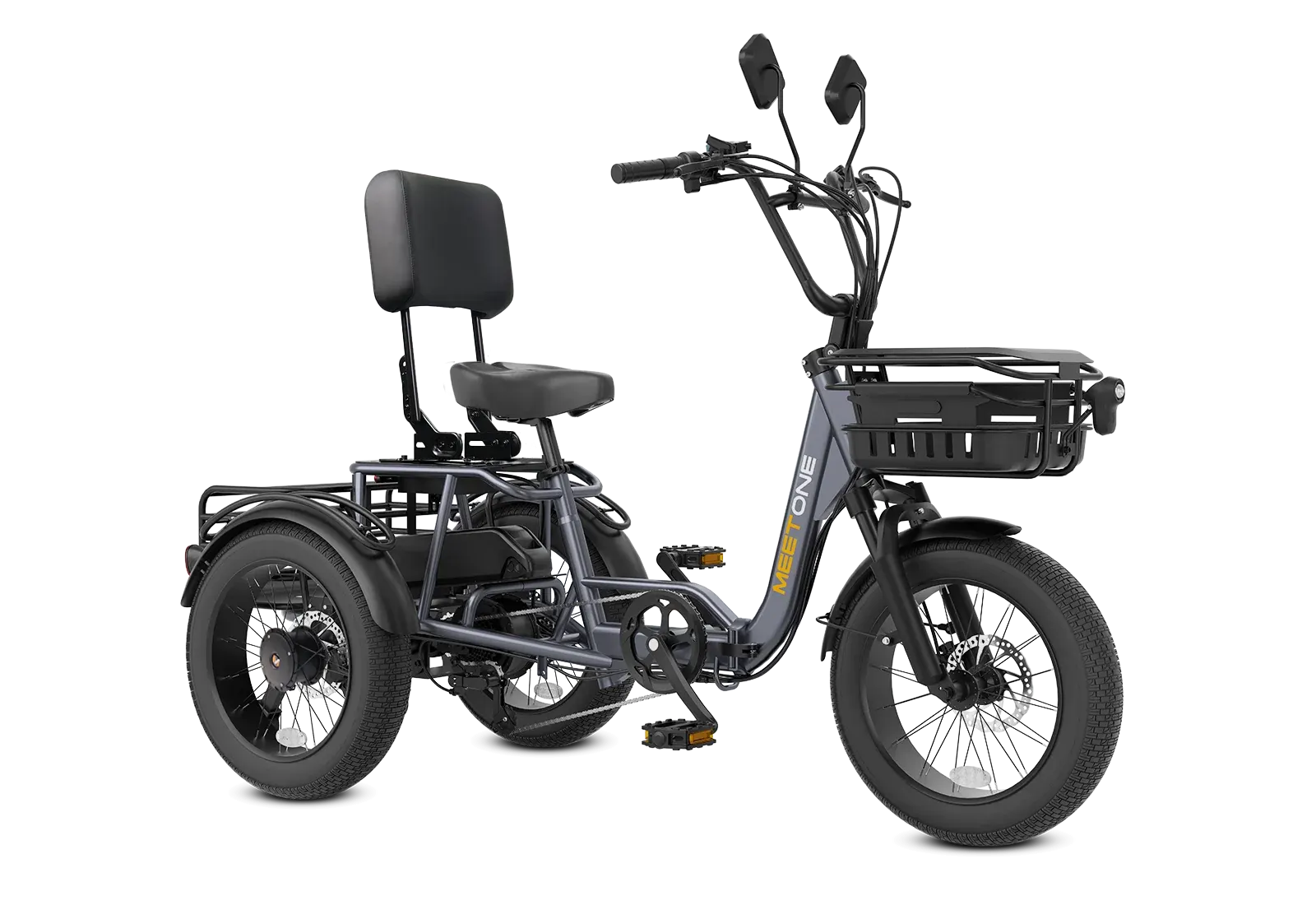
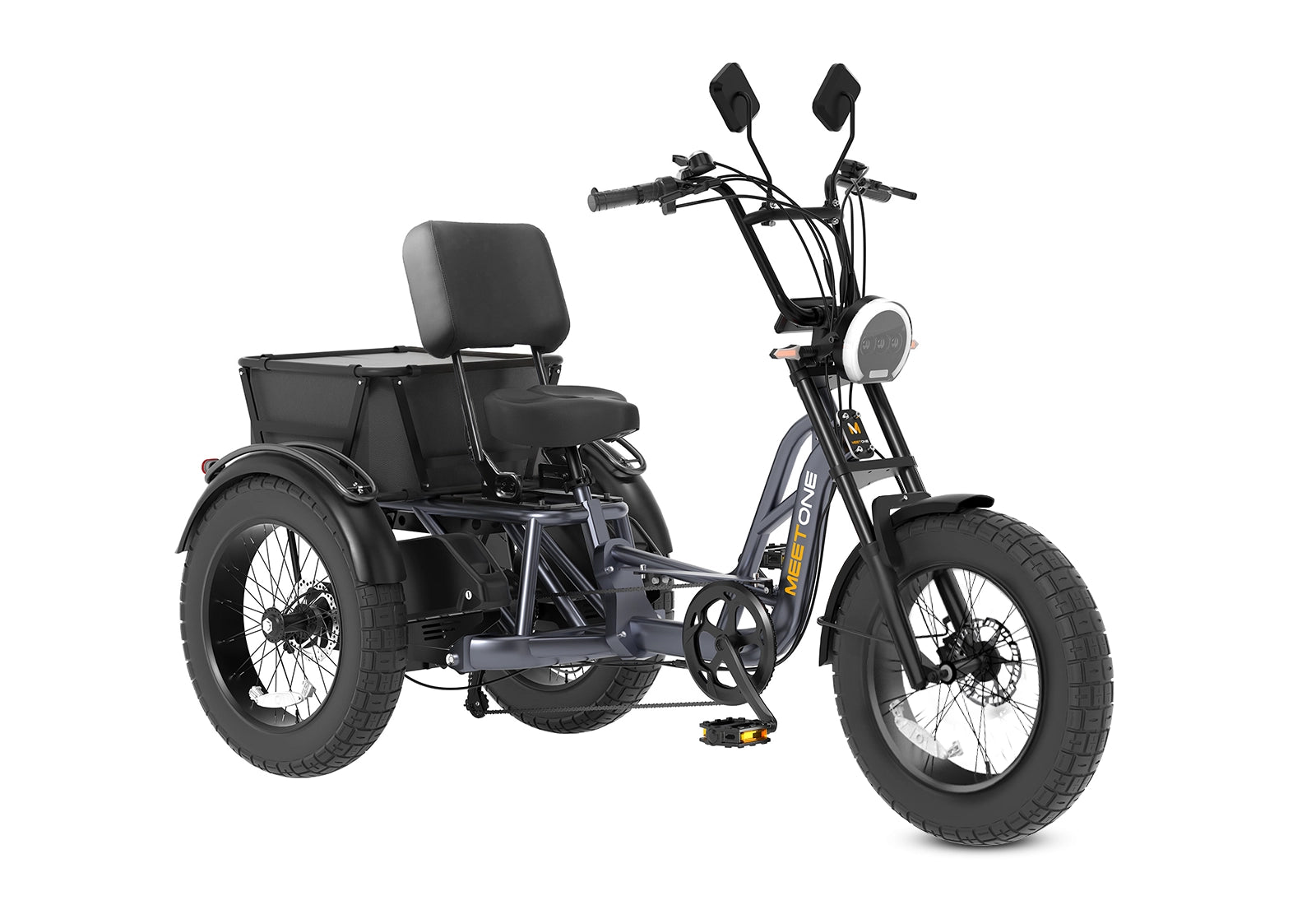
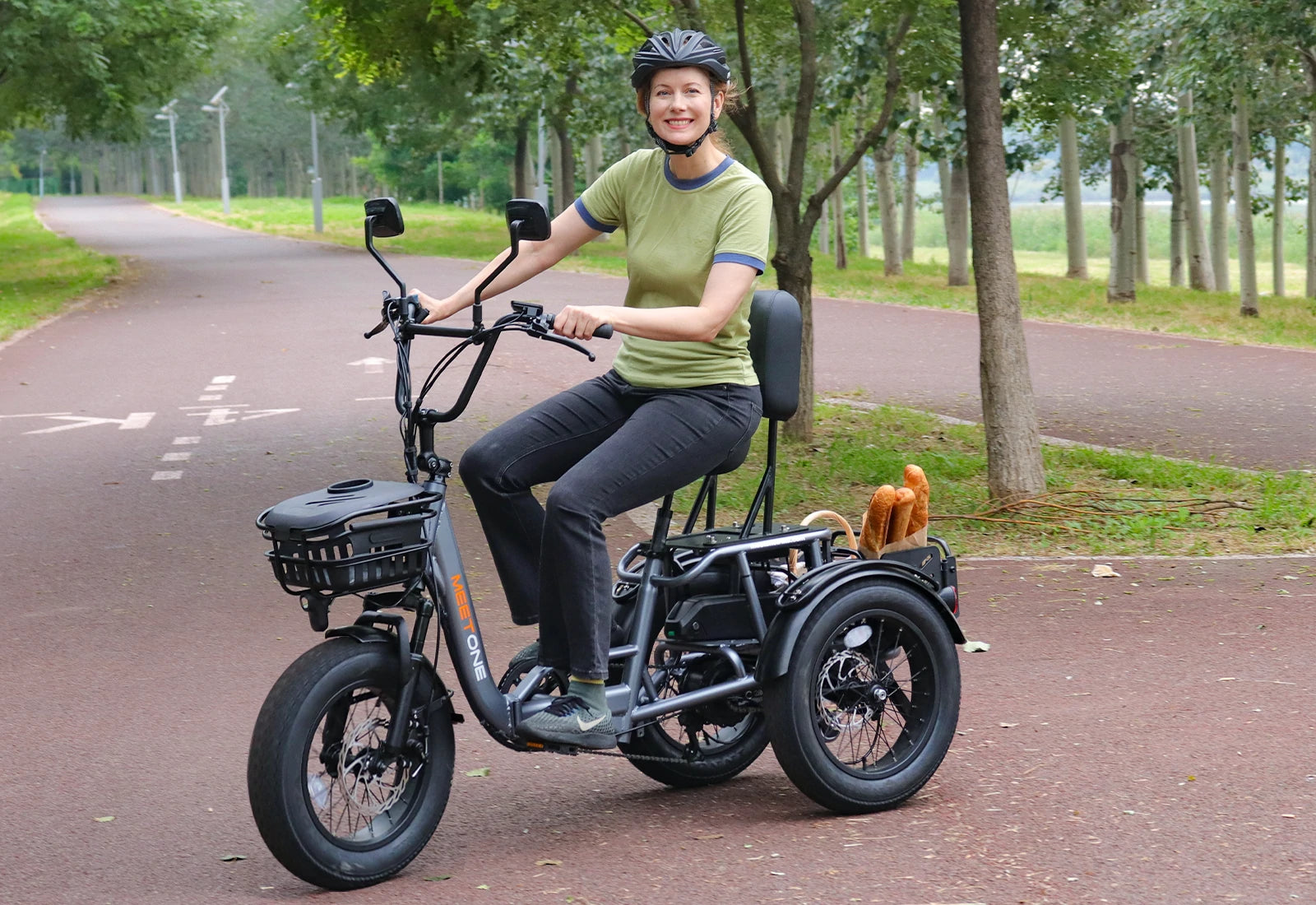
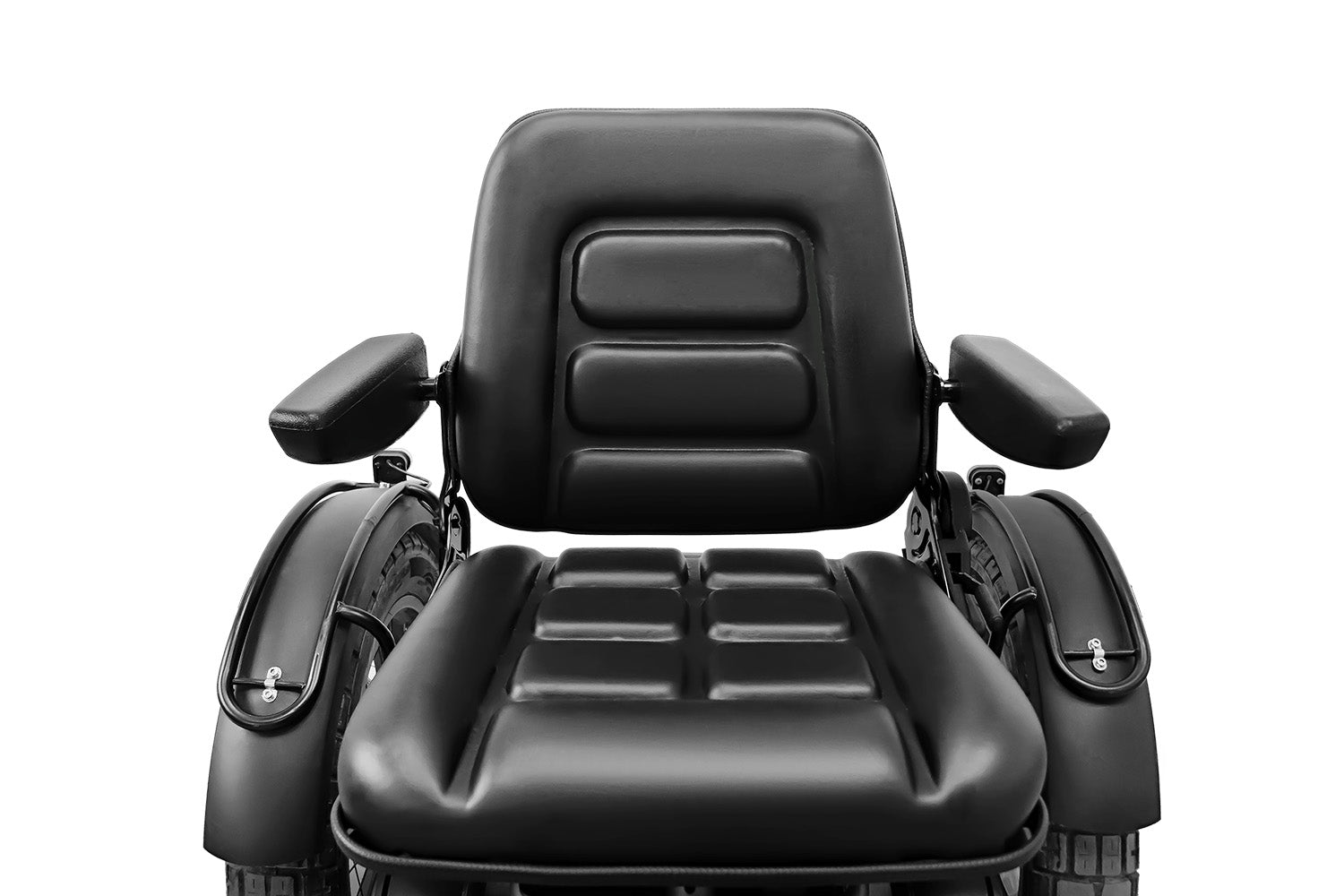
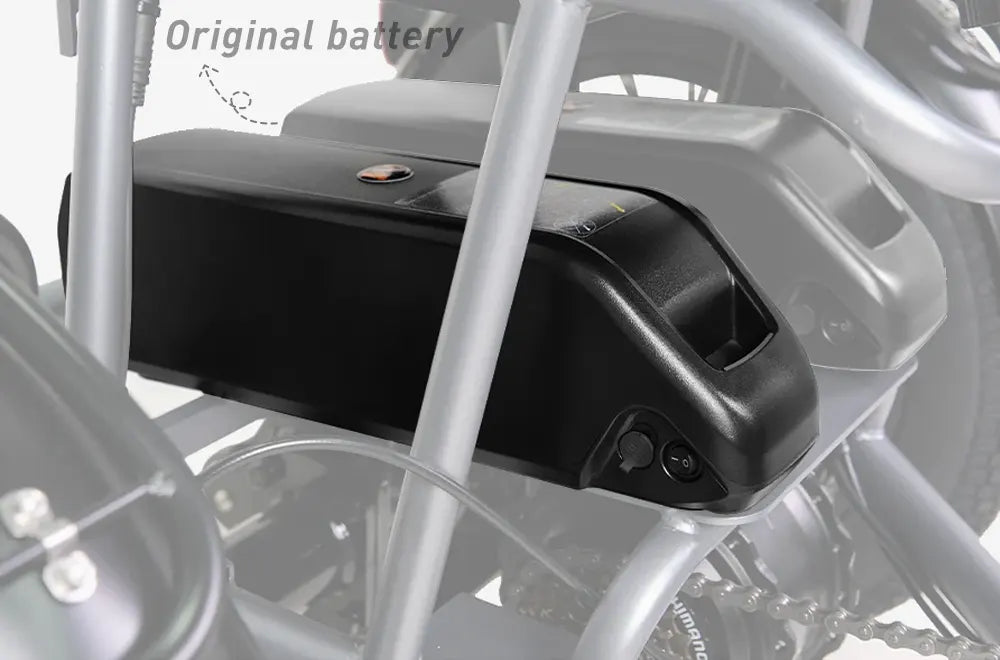
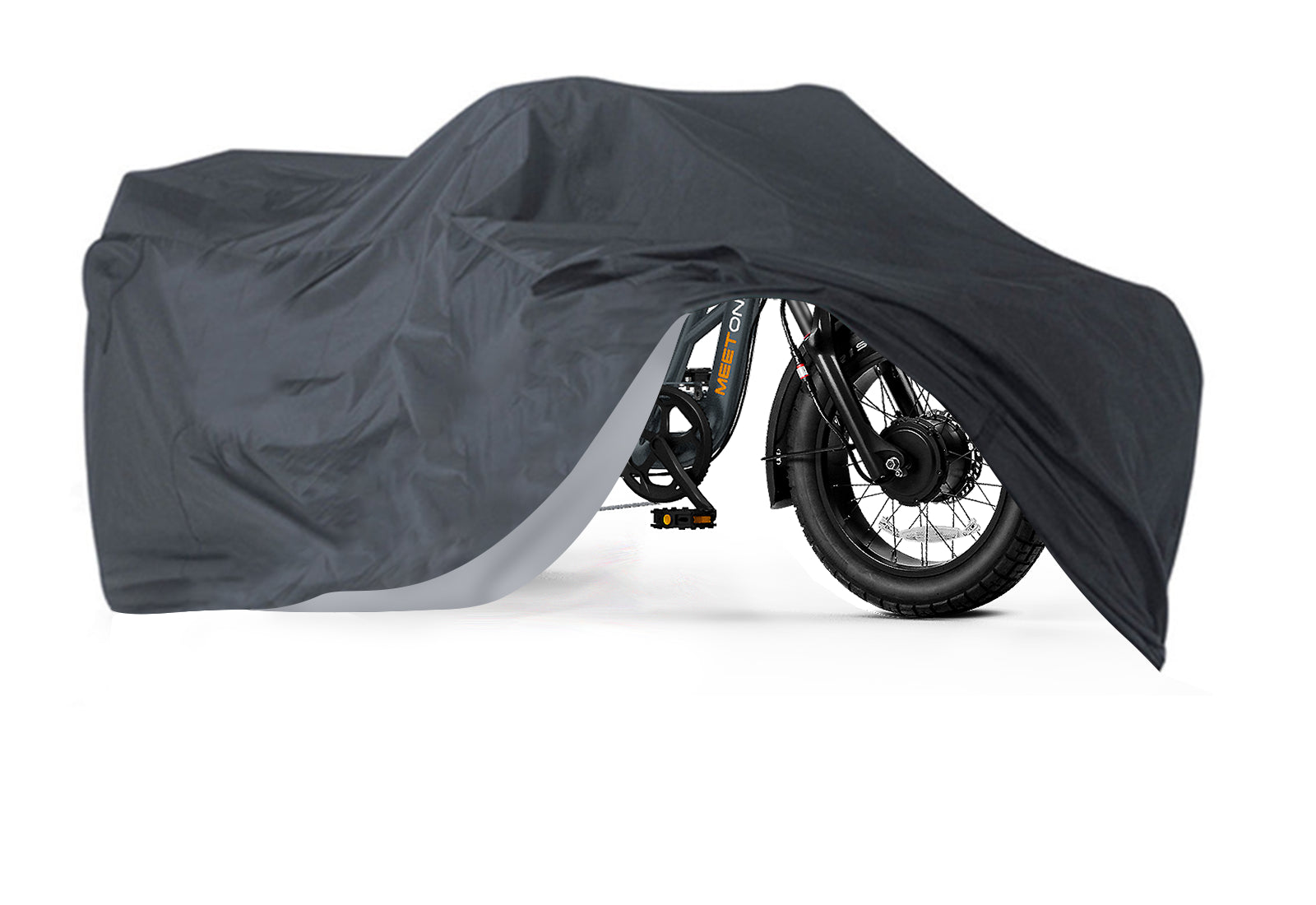
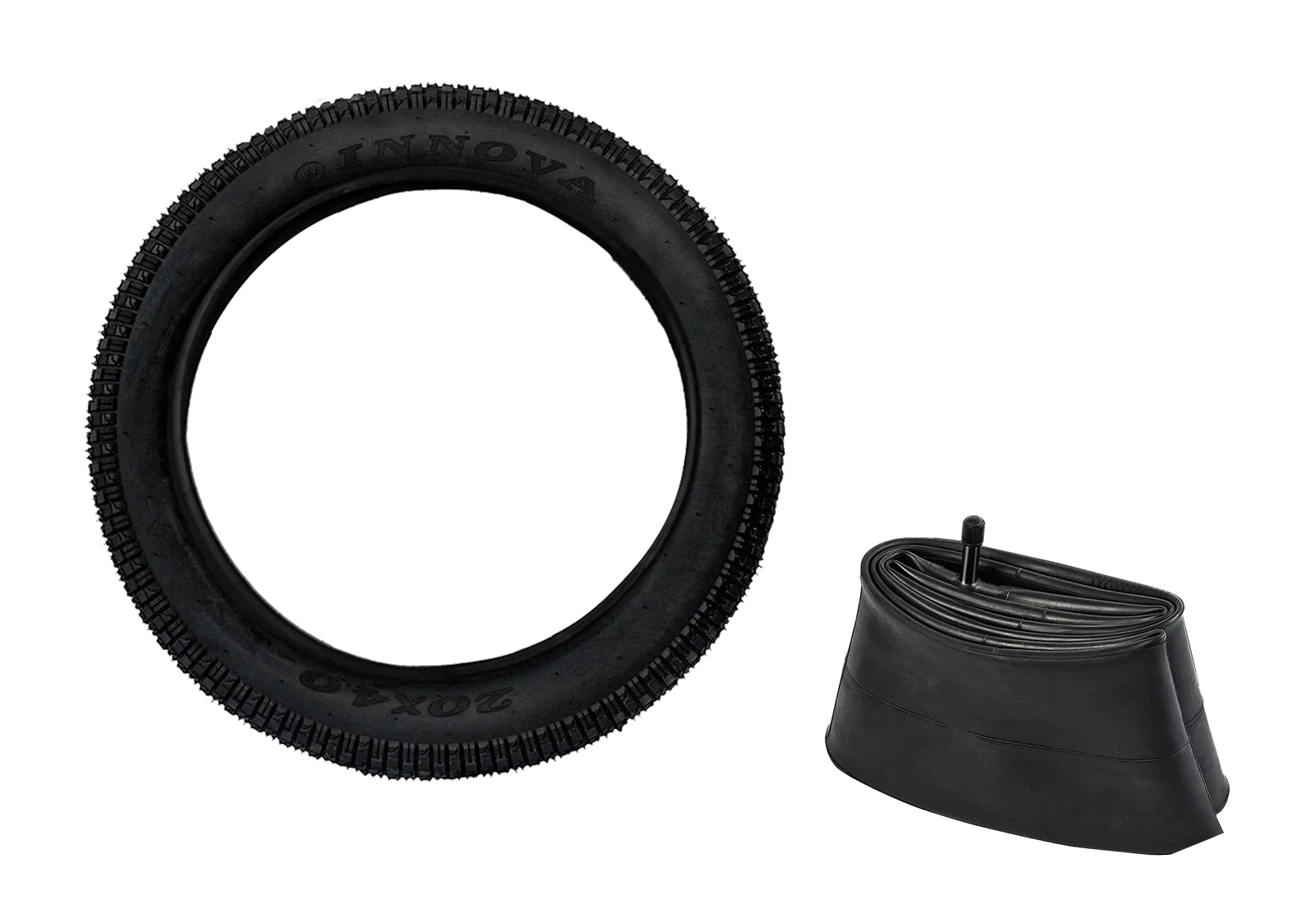
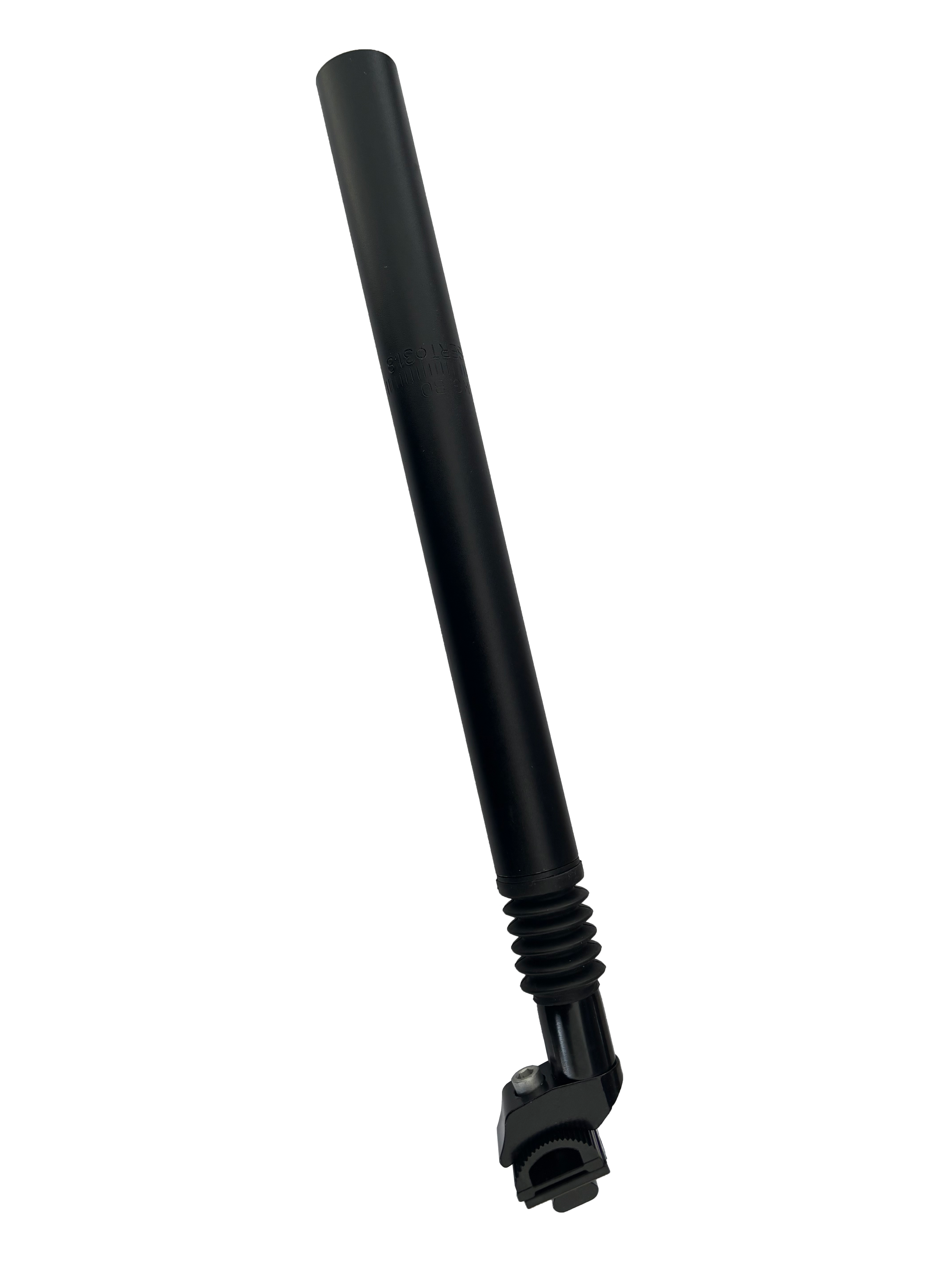
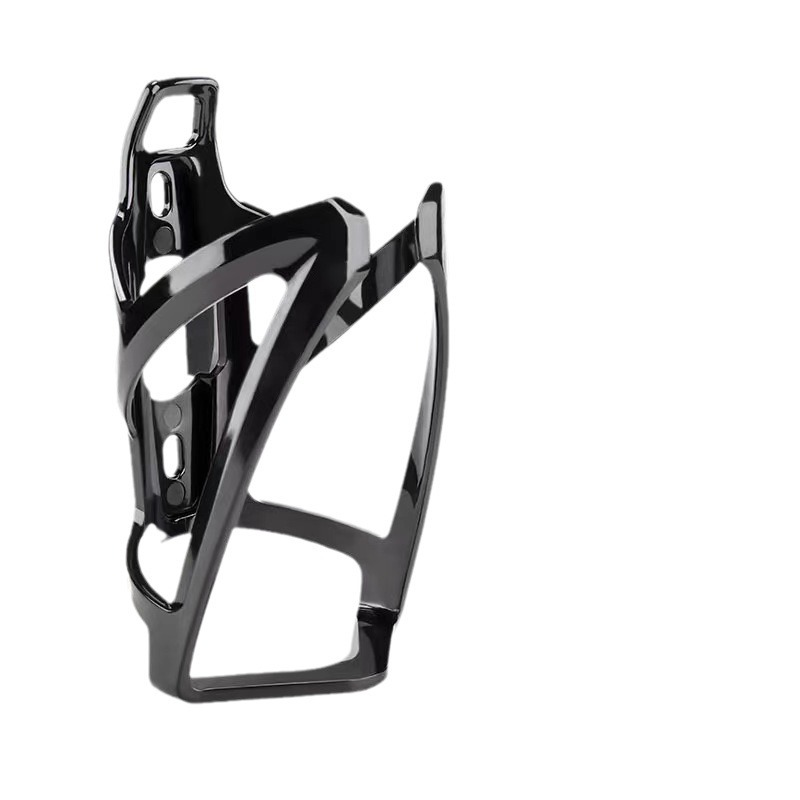
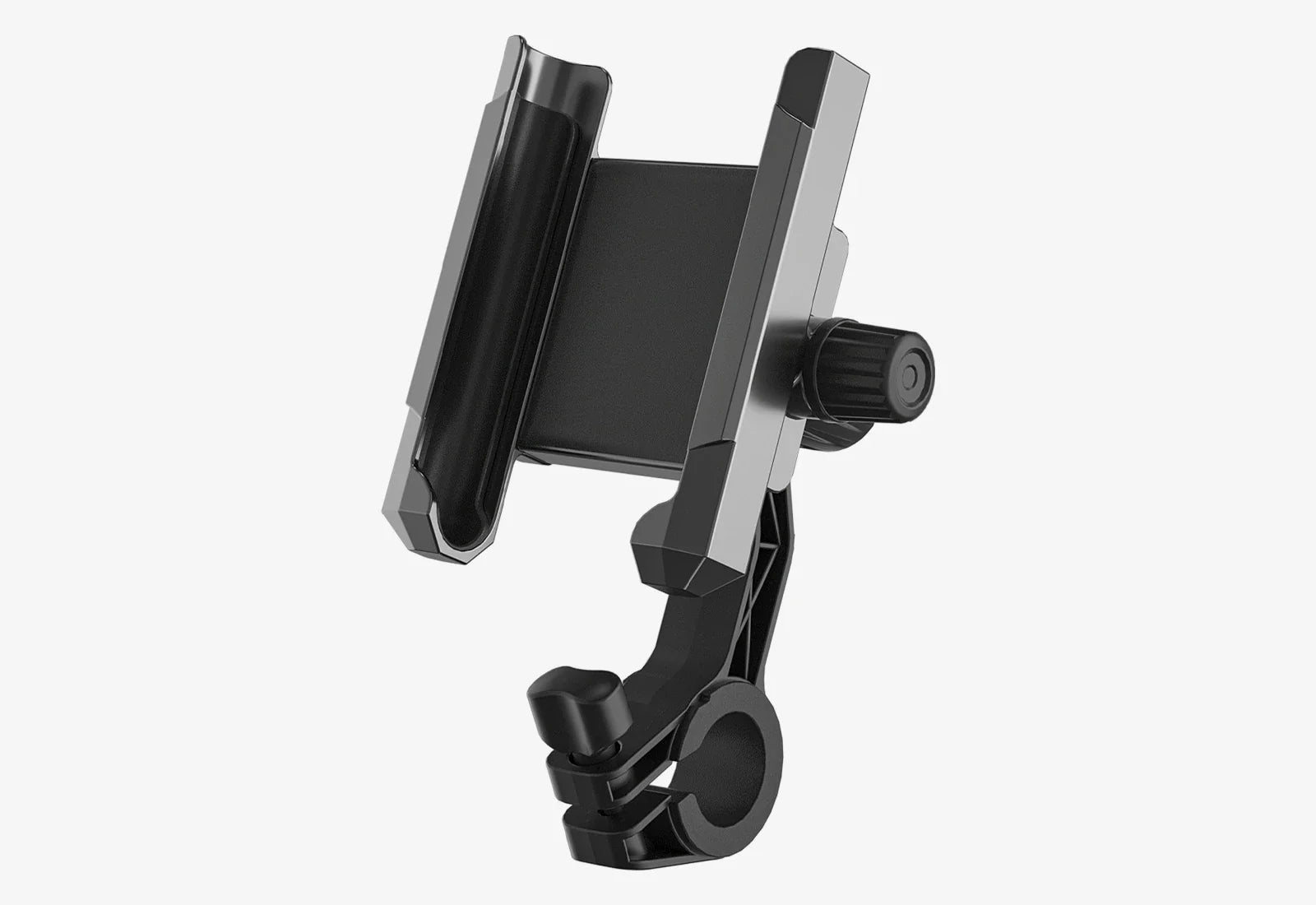
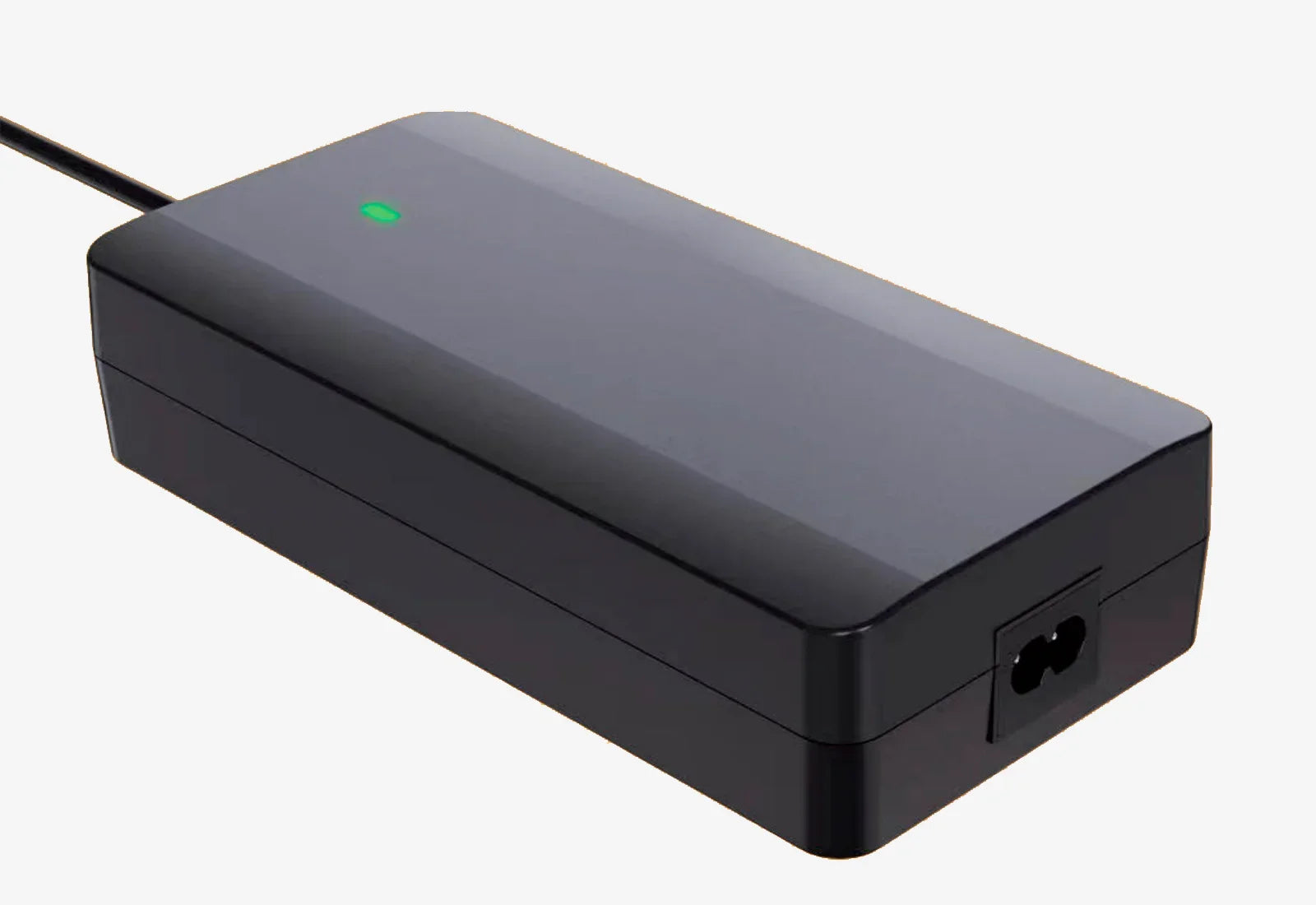
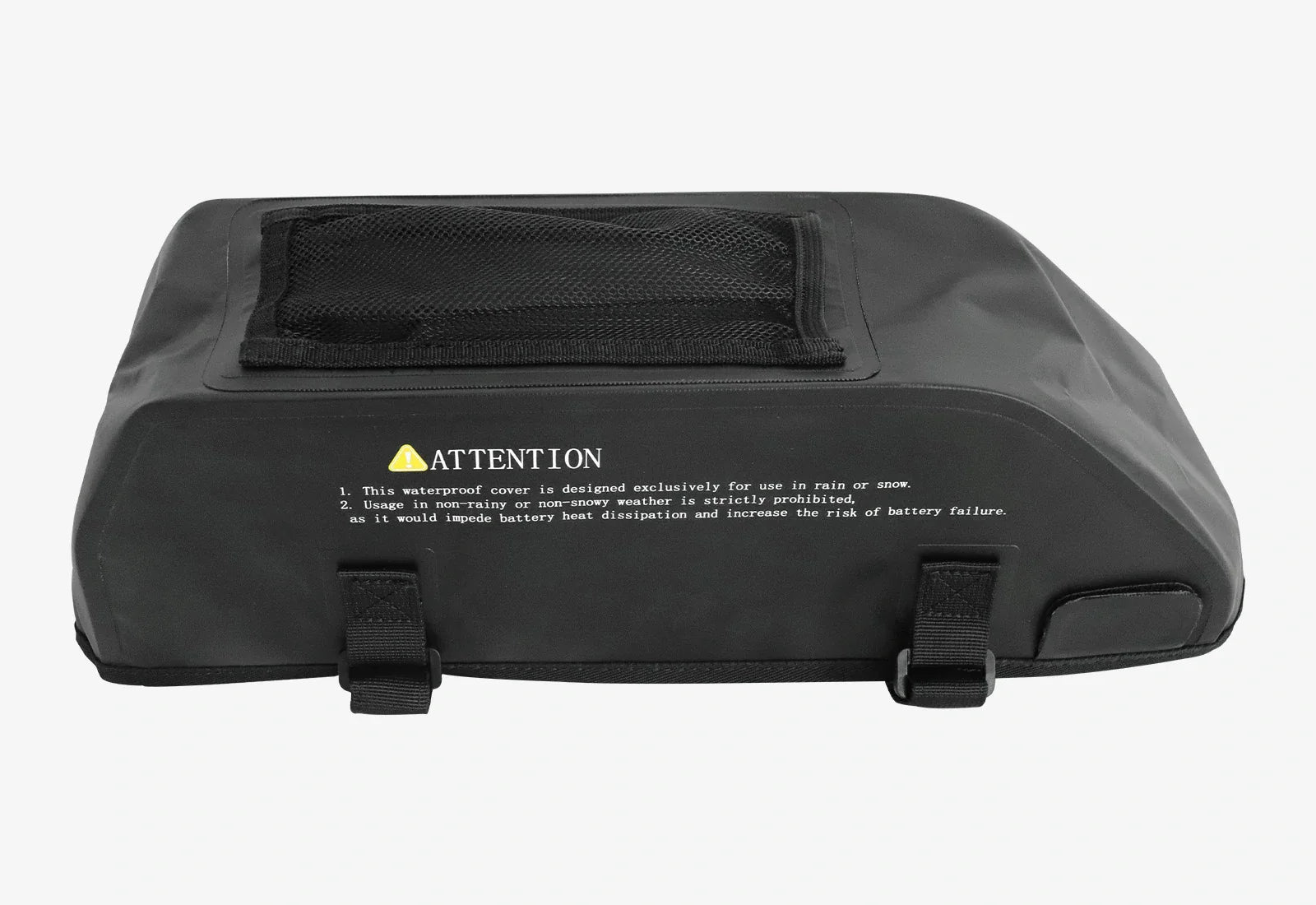
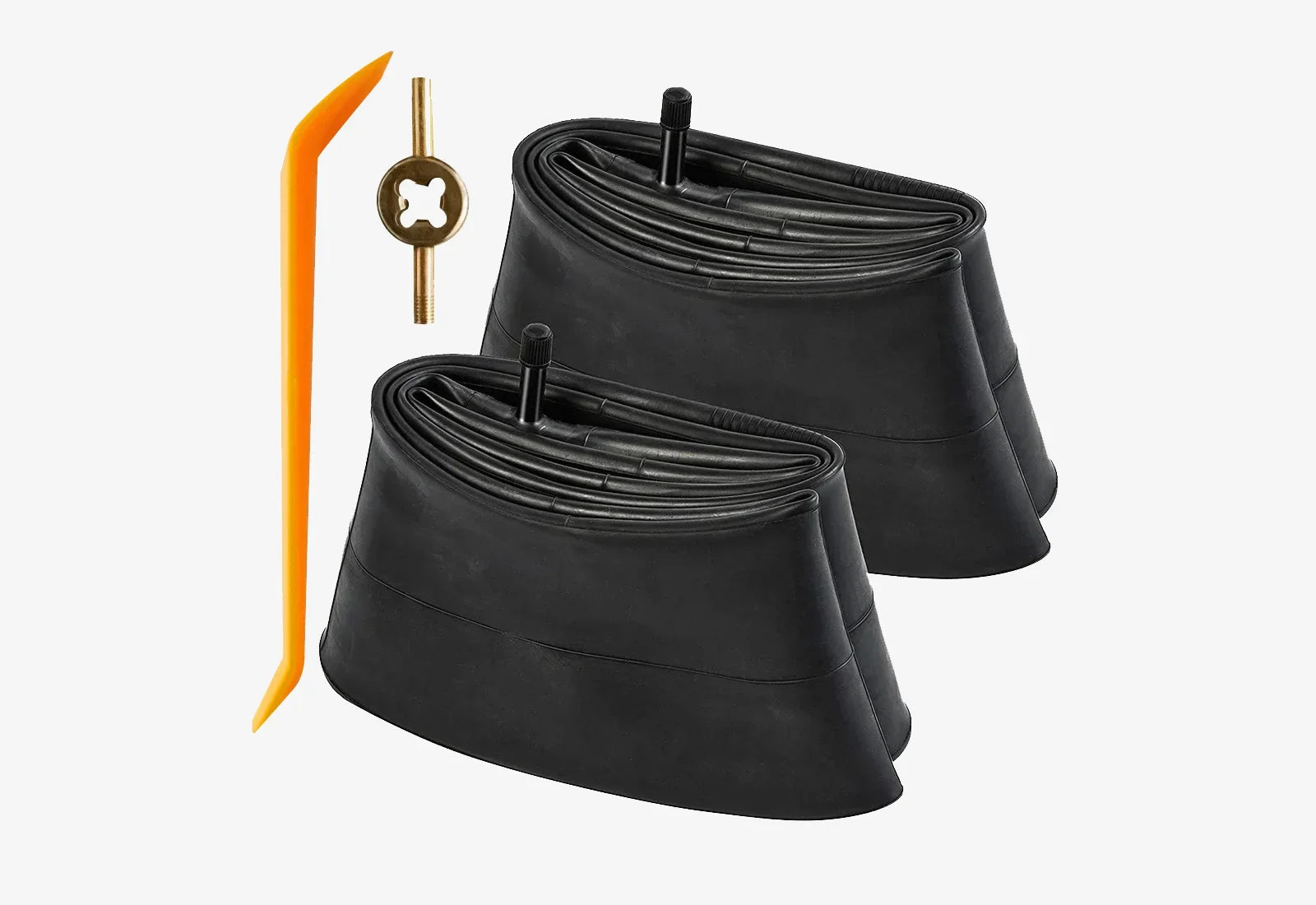
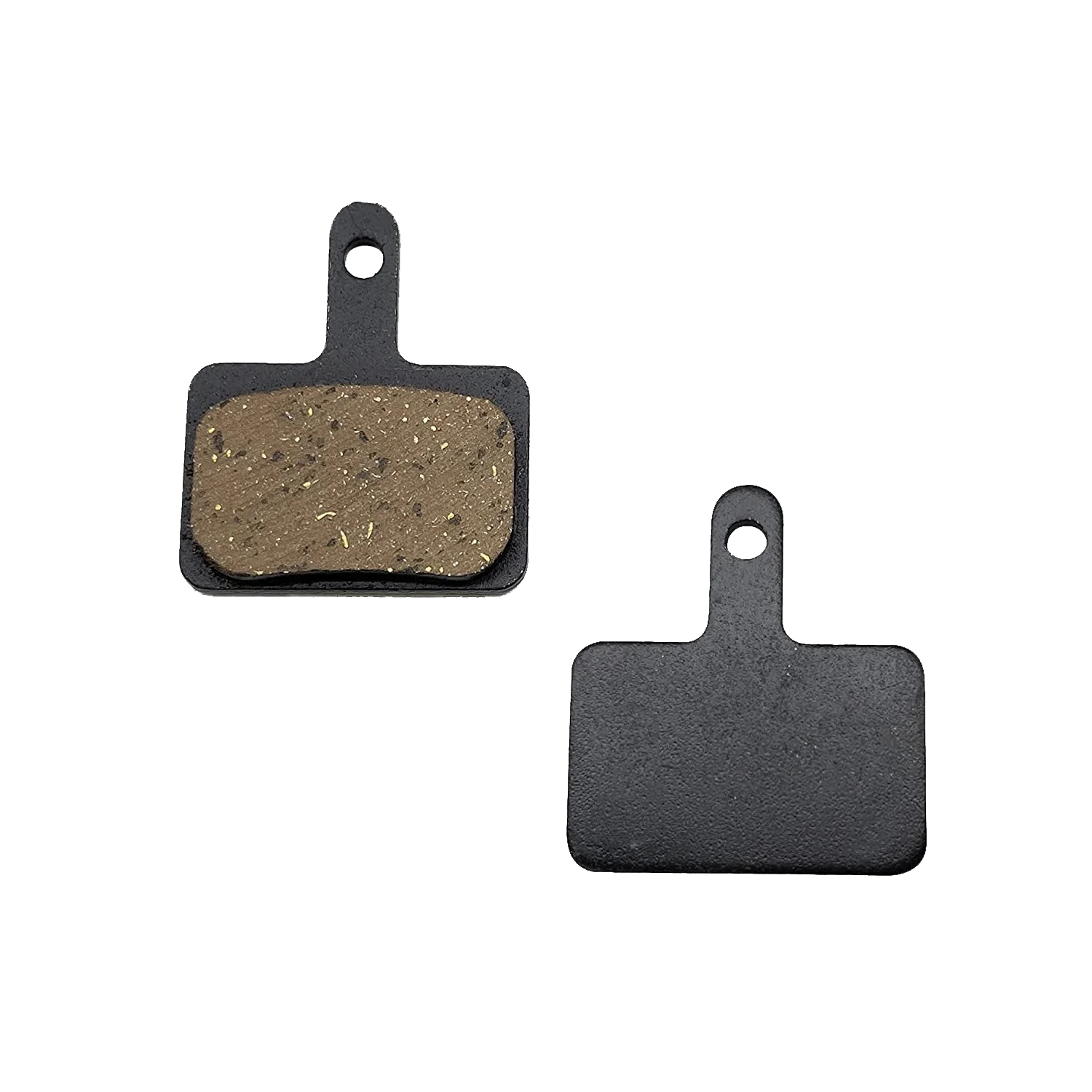
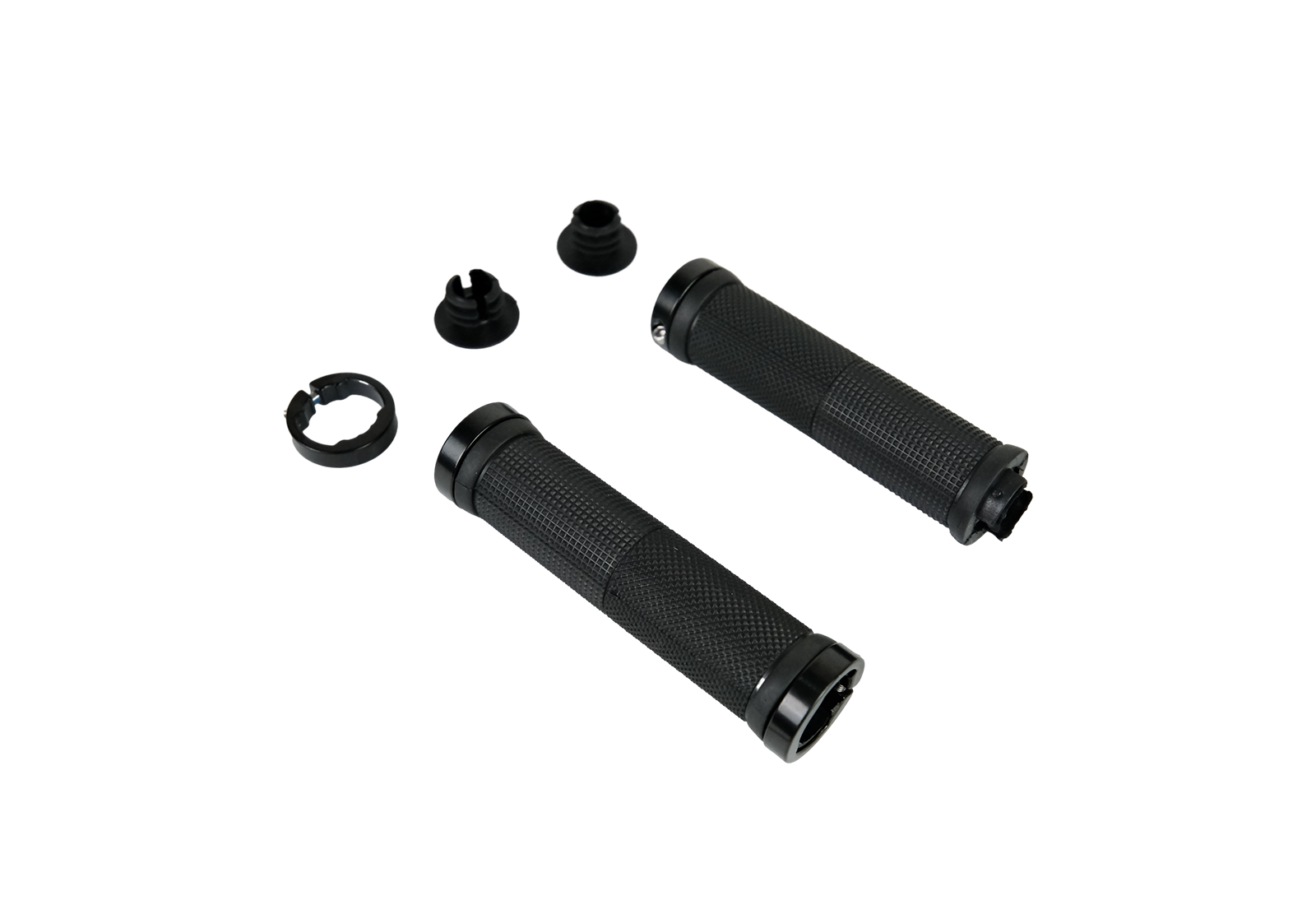
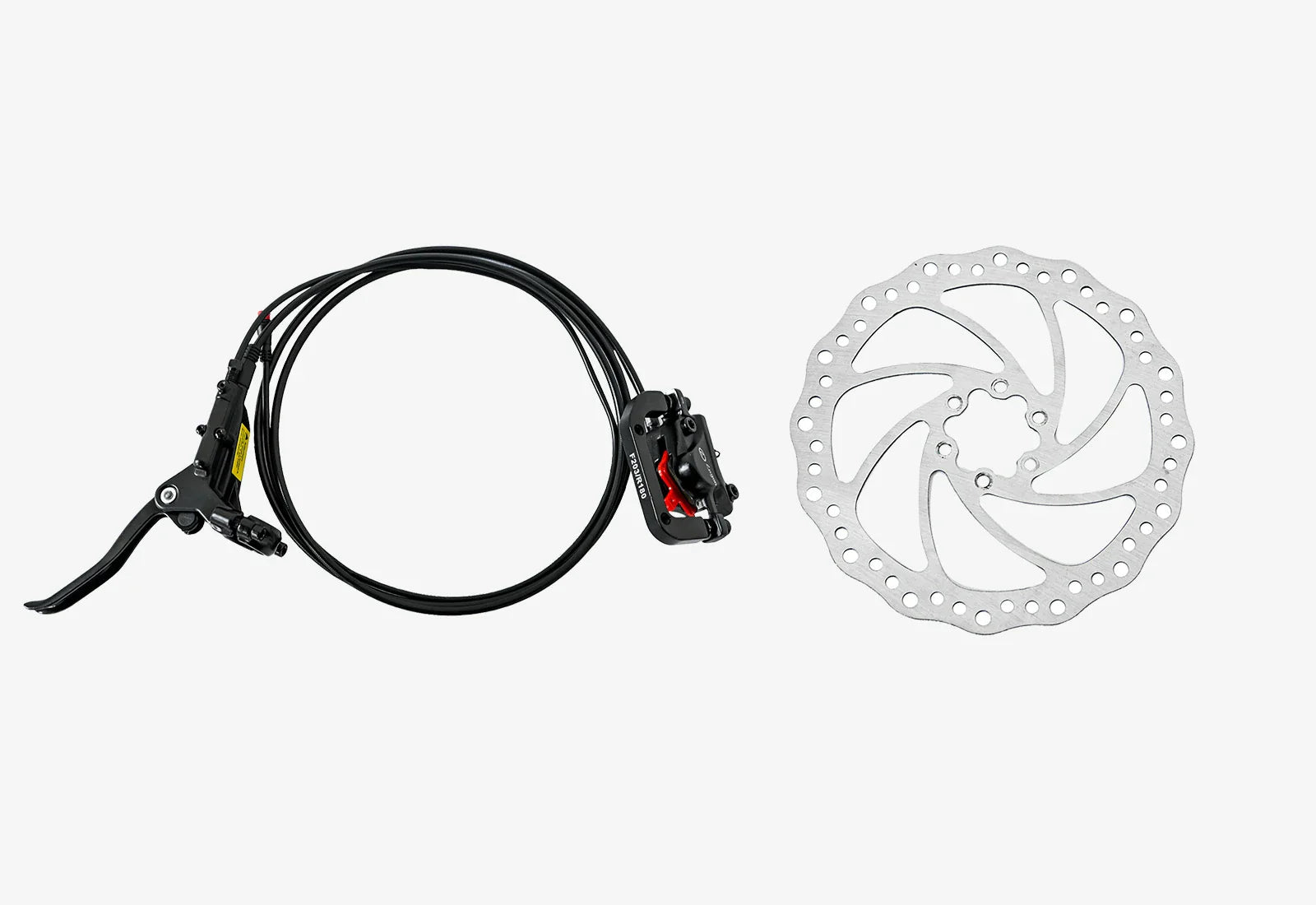
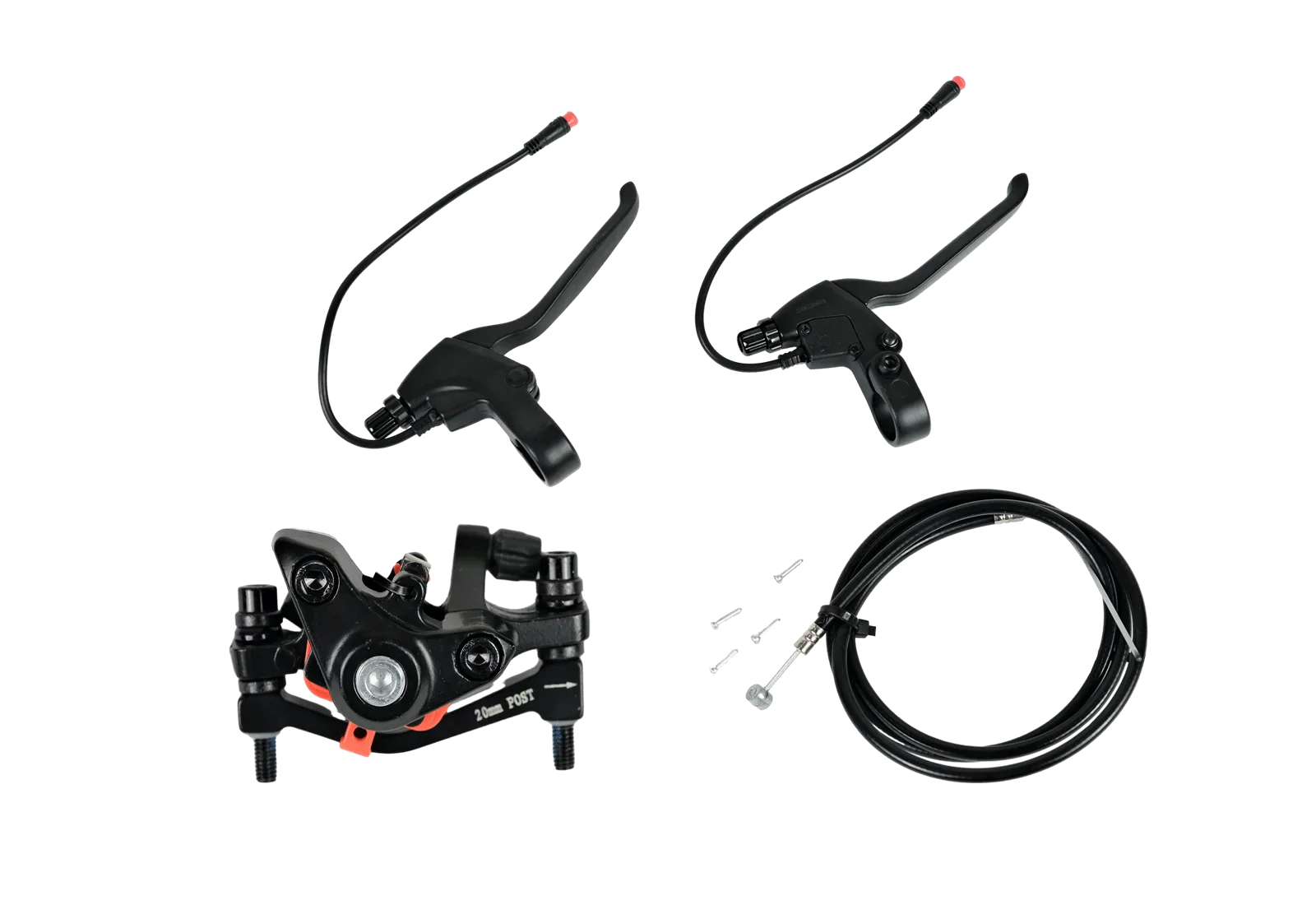

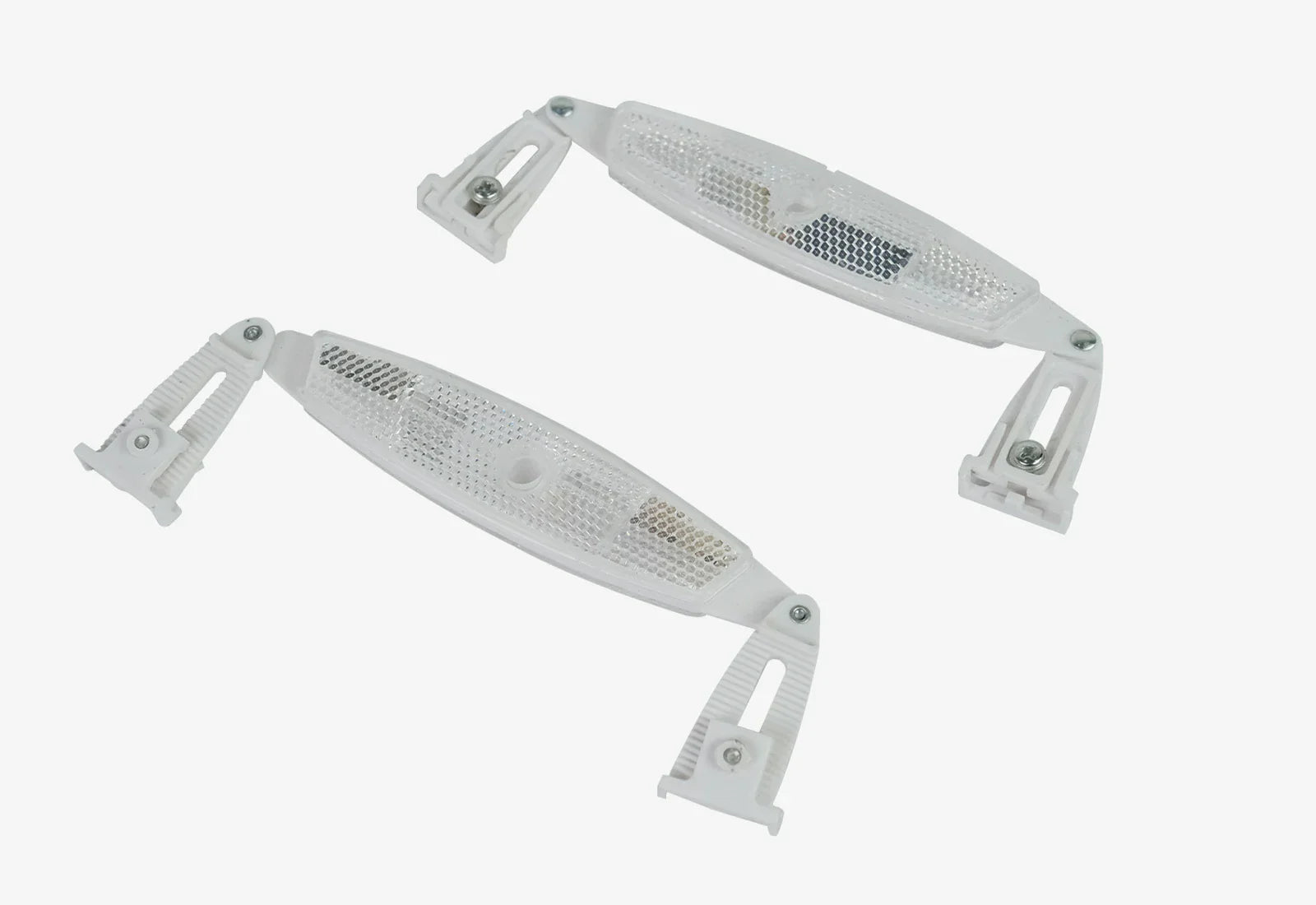
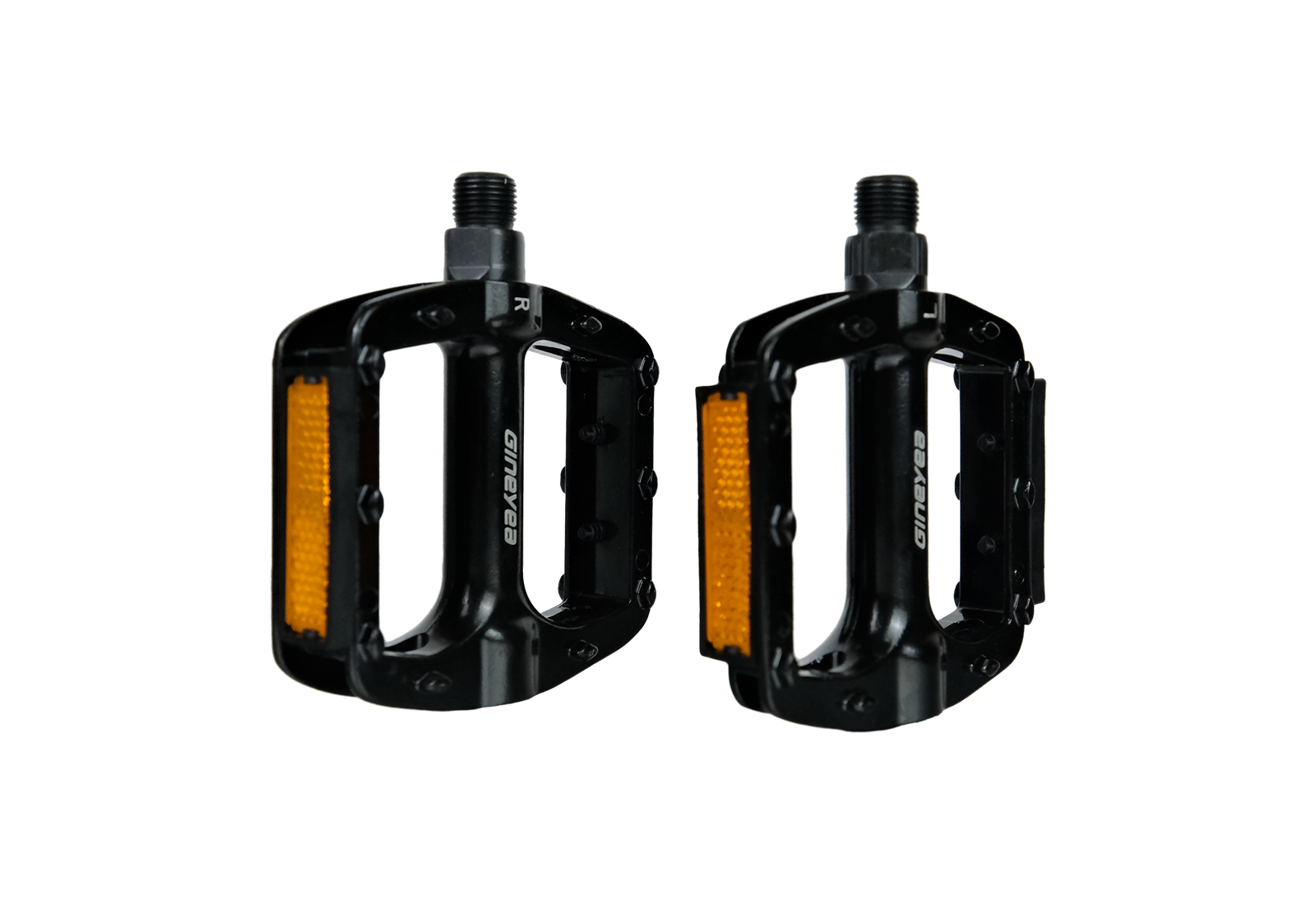
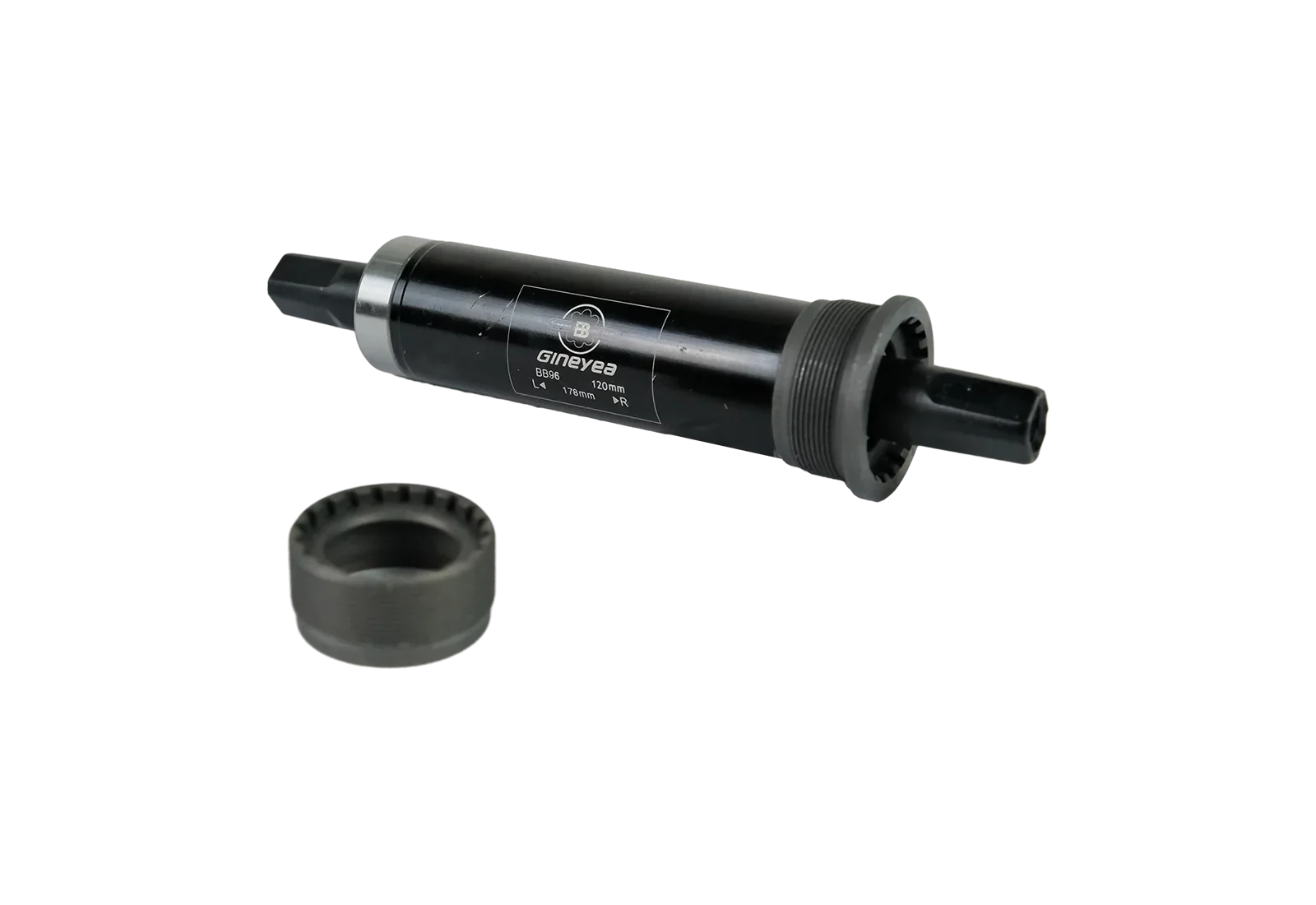

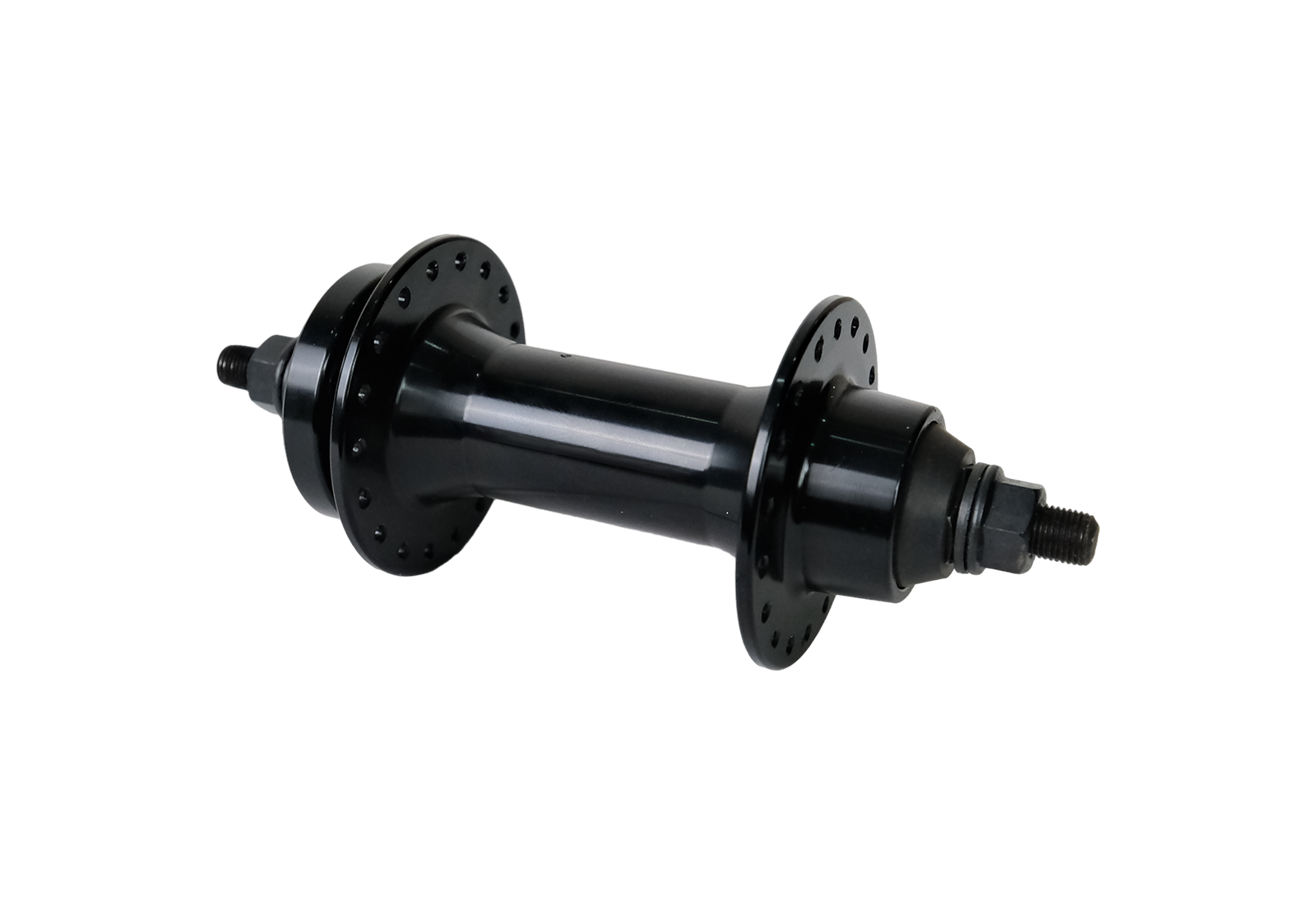
1 comment
The big problem is transporting is lifting. At 80 yrs old I do not like to lift anything. Unfortunately, at this time there isn’t a trailer long enough with a ramp that will accommodate the big Meetone trike. That is the only way to transport them. It would be easy enough to design one and build it. Then it would sell to all the trike owners. No lifting. Just walk it on and off.